![]()
![]()
![]()
Use LEFT and RIGHT arrow keys to navigate between flashcards;
Use UP and DOWN arrow keys to flip the card;
H to show hint;
A reads text to speech;
22 Cards in this Set
- Front
- Back

barbed wire |
twisted wire with sharp barbs used to build fences to control cattle and mark property lines |
|

Great American Desert |
a term the early pioneers and Forty-Niners used to describe the Plains States |
|
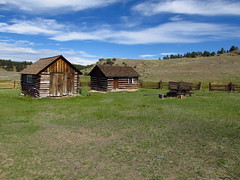
Homestead Act |
a law passed in 1862 that offered settlers 160 acres of land for $10 |
|
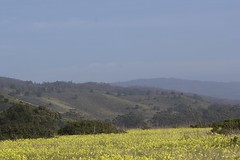
prairie |
a large area of grasslands |
|

three of the primary products produced on the Great Plains |
wheat, cattle, and sheep |
|

obstacles settlers encountered as they moved west |
sod difficult to plow, the temperatures extreme, conflicts with Indians, and the violent storms. |
|
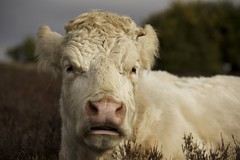
factors that made the cattle business profitable |
ranchers could transport cattle to market relatively cheaply & growing cities demanded more beef |
|
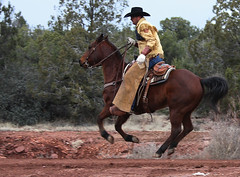
life of a cowboy |
Cowboy life was hard. The cowboys were isolated and poorly paid. They faced bad weather, thirst, stampedes, and attacks by Native Americans and rustlers. |
|

diversity of the cowboy population |
men and women of all ethnic backgrounds |
|
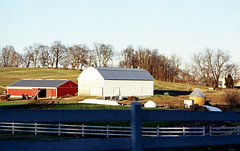
Who was harmed by the farming revolution of the late 1800s? |
The farming revolution hurt the Native Americans and the indigenous wildlife of the prairie. It also hurt the cowboys and cattle drivers as well as the small-scale farmer. |
|

Why was it hard for Native Americans and new Americans to share the land? |
Native Americans relied on hunting buffalo herds that roamed freely on the plains. Farmers and ranchers needed to fence in the land to keep cattle in and keep buffalo out of their crops. The ways in which the two groups used the land were incompatible. |
|

Chief Joseph |
Fleeing from the U.S. Army, this courageous Nez Perce leader led his people in a desperate journey toward Canada and freedom. |
|
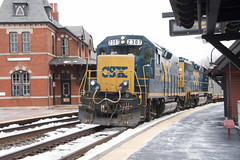
Legal ways that railroad tycoons financed the construction or railroads |
Receiving government aid, selling stocks in their companies, and paying low wages to workers |
|
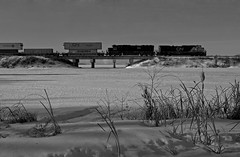
Effects of the railroad over a long period of time |
Uniting the nation, providing faster transportation across the country, creation of time zones, and increased westward expansion of settlement. |
|
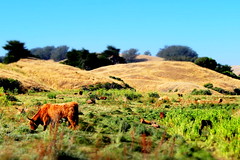
range |
open land for grazing cattle |
|
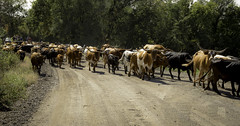
reason for the end of long cattle drives |
New railroad lines across the Great Plains made it cheaper to ship cattle by rail. |
|

new technology of the 1800s that had the greatest impact on cattle ranchers on the Great Plains |
refrigerated rail cars |
|
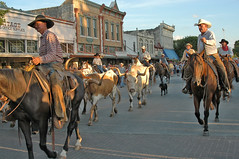
Chisholm Trail |
a trail used in the post American Civil War era to drive cattle overland from ranches in Texas to Kansas railheads. |
|

a major challenge facing the builders of the transcontinental railroad |
crossing the Sierra Nevada mountains |
|
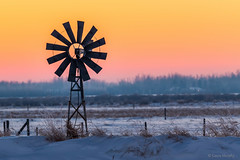
windmills |
provided water for crops and livestock when limited water was available |
|
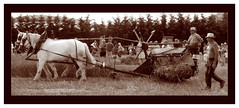
McCormick reaper |
made harvesting large fields of crops much faster and easier. |
|
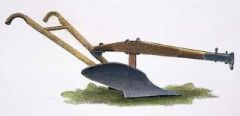
steel plow |
made tough prairie sod easier to cultivate |

